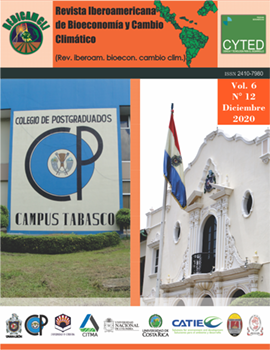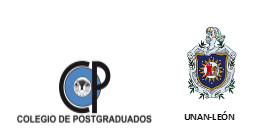Keratoconjunctivitis Sicca in canines of a neighborhood in Managua city
DOI:
https://doi.org/10.5377/ribcc.v6i12.10039Keywords:
Keratoconjunctivitis Sicca, Canines, Schirmer test, NicaraguaAbstract
Keratoconjunctivitis Sicca in canines is one of the most underdiagnosed pathologies, a problem that is most accentuated in countries such as Nicaragua, where veterinary clinical practice is still incipient, the objective of this study was to determine the prevalence of Keratoconjunctivitis Sicca, applying the Schirmer test in 28 multi-breed dogs, which were studied during a day in a neighborhood of the city of Managua. Seven positive cases (25%, CI 95%: 7.17-4.82) of unilateral Keratoconjunctivitis Sicca were obtained, among them the Creole race 4/10, Pitbull 2/7, Chow Chow 1/2, while in the races Dóberman, French Poodle, Siberian Husky, Labrador, German Shepherd and Pekingese no positivity was found, sex was not a predisposing factor since in females they were positive 2/13 and in males 5/15 (p≥0.05), the average tear film in young dogs was 18.4 mm and in adults it was 21.0 mm showing significant difference (p = 0.049). This study highlights the need to include in the daily clinic the ophthalmological check-up in canines with complementary tests for the early detection of Keratoconjunctivitis Sicca.
Downloads
381
HTML (Español (España)) 0
Published
How to Cite
Issue
Section
License
Copyright © Rev. iberoam. bioecon. climate change (Graduate School and UNAN-León, School of Agricultural and Veterinary Sciences / Department of Agroecology / Center for Research in Bioeconomy and Climate Cahnge (CRByCC).








